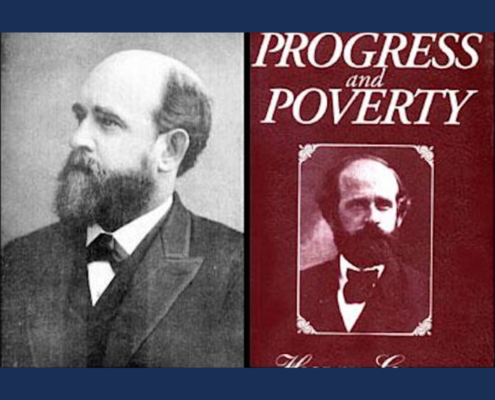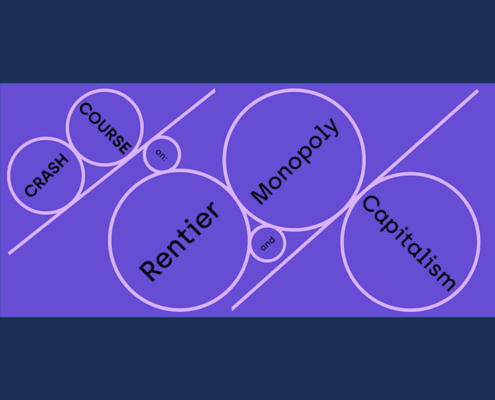Blog Elements
You can display blog posts in various ways with the “Blog Post” element/shortcode. You can see one example here and even more at the blog main menu item of this demo.
New York’s Housing Affordability Crisis – What’s land got to do with it?
A widening wealth gap, a marginalized middle class
and growing concerns about robots and artificial
intelligence (AI) displacing millions of workers is
fueling intense debates on the adequacy of social
safety nets in advanced capitalist economies. These
concerns have only become more conspicuous in the
aftermath of the Covid 19 pandemic; with mandatory
lockdowns and ensuing disruptions in labor markets.








